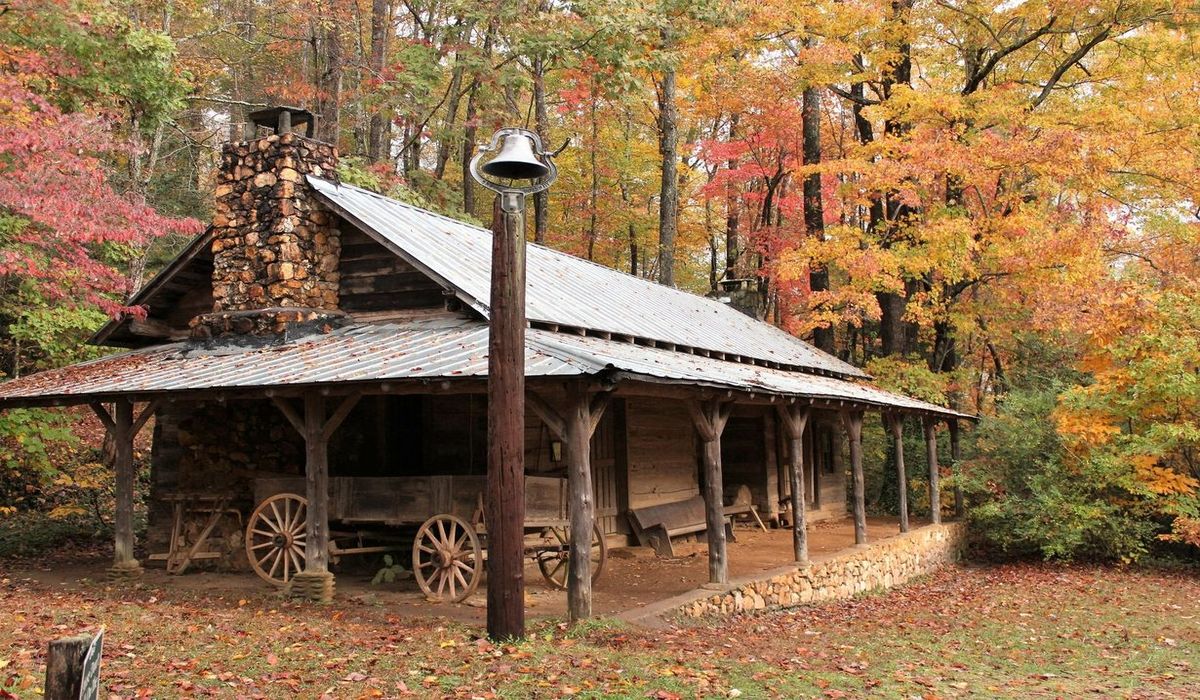Secrets Of Georgia’s Foxfire Museum Plant Gardens

Have you ever wondered what makes the Foxfire Museum Plant Gardens in Georgia so special? Nestled in the Appalachian Mountains, this hidden gem offers a unique glimpse into traditional Southern Appalachian horticulture. The gardens showcase a variety of native plants, herbs, and flowers that have been used for generations in local medicine, cooking, and crafts. Visitors can stroll through beautifully maintained paths, learning about the historical significance of each plant. Whether you're a gardening enthusiast or just curious about Appalachian culture, the Foxfire Museum Plant Gardens provide an enriching experience that connects you to the past while inspiring your green thumb.
Secrets of Georgia's Foxfire Museum Plant Gardens
Nestled in the heart of the Blue Ridge Mountains, the Foxfire Museum offers a unique glimpse into Appalachian heritage. Among its many treasures, the plant gardens stand out, showcasing a variety of flora that played a crucial role in the lives of early settlers. Let's take a closer look at some of the most fascinating plants you'll find in these gardens.
Medicinal Marvels
Early Appalachian settlers relied heavily on native plants for their medicinal properties. These plants were often the first line of defense against common ailments.
Echinacea: Known for its immune-boosting properties, Echinacea was a staple in many herbal remedies. Its vibrant purple flowers also add a splash of color to the garden.
Goldenseal: This plant's roots were used to treat infections and digestive issues. Its bright yellow root and green leaves make it easy to spot.
Ginseng: Highly valued for its energy-boosting and stress-relieving properties, ginseng was often traded and sold. The plant's distinctive forked root is a key identifier.
Culinary Delights
The gardens also feature plants that were essential in the Appalachian diet. These plants provided both sustenance and flavor to many traditional dishes.
Ramps: These wild leeks have a strong, garlicky flavor and were often used in soups and stews. Their broad, green leaves and white bulbs are unmistakable.
Sassafras: The roots of this tree were used to make tea and root beer. Its leaves, which turn a brilliant red in the fall, are also used in cooking.
Jerusalem Artichoke: This tuber, also known as sunchoke, was a versatile food source. Its sunflower-like blooms make it a beautiful addition to the garden.
Dye Plants
Natural dyes were essential for coloring fabrics and other materials. The gardens feature several plants that were used to create vibrant, lasting colors.
Indigo: This plant was used to produce a deep blue dye. Its small, green leaves and delicate flowers are a testament to its beauty and utility.
Madder: The roots of this plant were used to create a red dye. Its sprawling vines and clusters of small, star-shaped flowers are a sight to behold.
Black Walnut: The hulls of black walnuts were used to produce a rich, brown dye. The tree's large, compound leaves and round nuts are easily recognizable.
Aromatic Herbs
Herbs played a significant role in Appalachian life, used for cooking, medicine, and even pest control. The gardens are home to a variety of aromatic herbs.
Lavender: Known for its calming scent, lavender was used in sachets and potpourri. Its tall spikes of purple flowers are a garden favorite.
Mint: This versatile herb was used in teas, desserts, and as a natural insect repellent. Its fragrant leaves and rapid growth make it a garden staple.
Rosemary: Often used in cooking, rosemary also has medicinal properties. Its needle-like leaves and woody stems are easily identifiable.
Edible Berries
Berries were a vital food source for early settlers, providing essential vitamins and nutrients. The gardens feature several types of edible berries.
Blackberries: These sweet, juicy berries were eaten fresh or preserved. The thorny bushes and dark, plump berries are a common sight.
Elderberries: Used to make syrups and wines, elderberries are rich in antioxidants. The clusters of small, dark berries and white flowers are distinctive.
Blueberries: These berries were a favorite for pies and jams. The small, blue fruits and glossy leaves make them easy to spot.
Conclusion
The Foxfire Museum's plant gardens offer a living history lesson, showcasing the plants that were essential to Appalachian life. Each plant tells a story of survival, ingenuity, and tradition, making the gardens a must-see for anyone interested in the region's rich heritage.
Discover the Charm of Foxfire Museum Plant Gardens
Foxfire Museum's plant gardens offer a unique glimpse into Georgia's rich history and natural beauty. These gardens showcase a variety of native plants, each with its own story and significance. Visitors can learn about traditional uses of these plants, from medicinal purposes to culinary delights. The gardens also provide a peaceful retreat, perfect for a leisurely stroll or a moment of reflection.
Exploring the Foxfire Museum plant gardens is not just an educational experience but also a journey through time. The dedication to preserving and sharing this knowledge ensures that future generations can appreciate and learn from these natural treasures. Whether you're a history buff, a nature lover, or simply looking for a serene escape, the Foxfire Museum plant gardens are a must-visit. Embrace the charm and history that these gardens have to offer.

